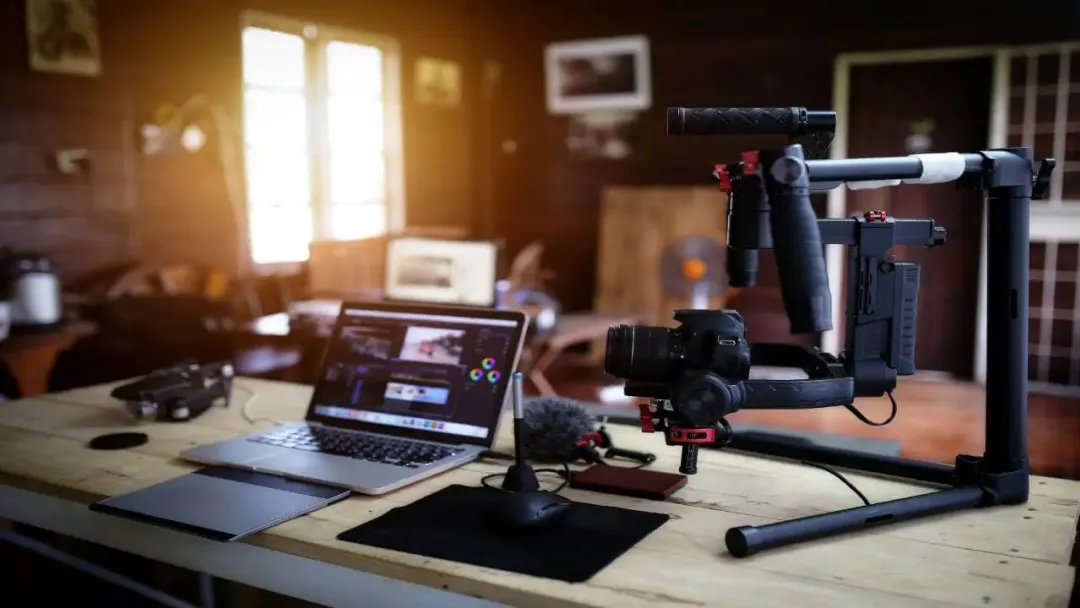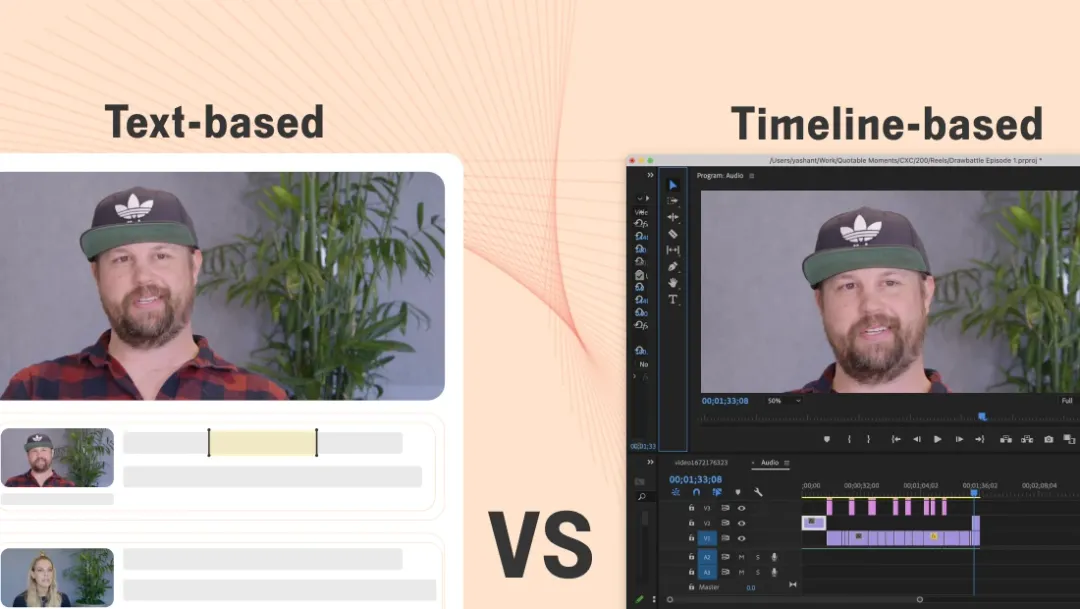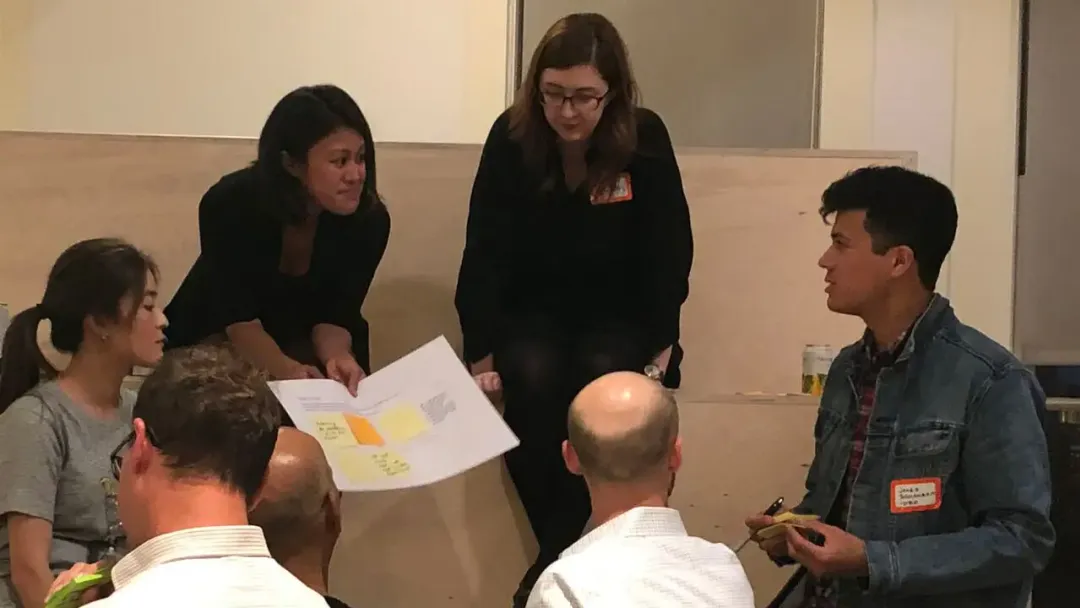What Is Rough Cut Video Editing? (And A Simple Tool To Do It)
January 2022
·
8 min read

Traditional rough cutvideo editing involves a lot of steps. They usually include:
- Outline the basic structure of your video with a paper edit and/or storyboard.
- Note the timestamps of specific clips you want to use.
- Precisely extract the footage to create video clips.
- Assemble the clips in order.
- Play the clips back to make sure they flow together smoothly.
- Re-clip the footage if the transitions don't flow. (a.k.a. Go back to step 3 and keep going back until you get it right.)
- Add placeholders for multi-cam or b-roll footage and special effects (i.e., music, graphics, audio, etc.)
That's why it's typically done by experienced video editors with professional film editing software like Adobe Premiere Pro and Apple Final Cut Pro. But, even when you have a lot of editing experience, rough cutvideo editing is still really time-consuming.
Simply put, a rough cut includes all the most important moments in your footage, arranged in the right order to tell the story. It doesn't include all the final touches, like special effects and sound effects, graphics, and music. That is all added in a final cut, which comes later in the editing process.
If it's your first time editing a rough cut, this whole process can seem overwhelming. This is especially true if you are a beginner video editor just getting started out in filmmaking and using professional film editing software.
At Reduct.Video we have designed our video editing platform to solve exactly this problem. With Reduct, rough cut video editing is as easy as editing your video's transcript: You can pull clips from your video by highlighting sections of the transcript, create longer video stories with those clips, and trim out what you don't need by striking through text. It's as simple as editing a word document and you can do it without any video editing experience.
In this article, we'll show you how to edit your video footage into a rough cut in five easy steps. We'll also go through how, after producing your rough cut, you can export your project to create the final cut on more advanced video editing software.
Reduct speeds up the time it takes for you to create a rough cut by letting you edit video footage just by editing an accompanying transcript. If you want to see how you can use Reduct to simplify the initial stages of video editing, sign up for a free trial now.
Reduct.Video: A Modern Way To Do Rough Cut Video Editing
Reduct modernizes the rough cut video editing process by giving you a more efficient way to get through paper edits.
Typically, paper edits are the first step when editing unscripted or lightly-scripted footage. This process involves reviewing your footage for all of the relevant moments and logging timestamps so editors can find those clips and distill them into a rough cut. But this process is tedious and involves a lot of iteration because what looks good on paper doesn't always flow on video, so storytellers and editors have to collaborate on the paper edit and trim (and re-trim) footage until the rough cut looks just right. Only after the first cut is complete can teams move onto more advanced video editing.
But Reduct flips this process on its head by:
- Giving you an online transcript that stitches with the video for easier review and sharing with others when you need to collaborate.
- Automatically pulling video clips as you log footage so you can skip trimming and directly use those clips in the first assembly.
- Providing intuitive video text editing tools that let users edit their video stories by editing the accompanying transcript — it"s as easy as striking through text.
- Storing all of your video projects online so you can easily rope others in to help with video logging or edits.
- Integrating with advanced video editing solutions so you can easily push your rough cut from one platform to another to make the final edit.
To learn more about making paper edits in Reduct, check out our other post: Why & How We"re Modernizing Paper Edits for Filmmakers
Now let's explain how this works.
1. Upload your footage & receive a video transcript
The first step is to upload all of your footage into our platform. Reduct accepts video files of all formats, so you don't have to worry about converting videos before uploading them. We also store all of your video files in the cloud and organize your footage into Project-Based Folders to improve organization and simplify sharing.
For every piece of footage you upload, Reduct's video transcription software generates an interactive transcript for you to edit your film. Our computer-generated transcripts are about 94% accurate and are included in your subscription. If you need a highly-accurate transcript you can trust, to add exact captions, for example, you can also choose our human transcription service — we offer a 24-hour turnaround time and ~99% accurate transcripts.
Once you have the transcript, you can edit your linked video, the same way you'd edit a text document. The process is designed to be extra fast, and you can create a rough cut much sooner than by using professional video editing software.
Note: Since video editing in Reduct starts with a transcript, our text-based approach to video editing works best for editing dialogue-heavy footage, such as documentaries and interviews, for example. You can learn more about editing videos by editing transcripts in our other post.
2. Review, highlight, and tag important moments in your transcript
Using the interactive transcript, you can playback your video recording by clicking the word and highlighting the footage you want to use in your rough cut. When you highlight a section of transcript text, Reduct automatically pulls the corresponding video and saves it as a video clip (a.k.a. Highlight). Then you can use these Highlights to create a Reduct Reel (more on that below).
You can also use our tagging tool when making highlights to categorize your clips by topic or theme. Some video editors also use tags in post-production to insert editing tips or mark where they want to add specific footage or effects.
Reduct also has an advanced search feature, Fuzzy Search, to help you sift through your footage to find content that's useful for your project. With traditional video editing software, you'd need to remember, more or less, where a certain subject was mentioned, then move around in the timeline and watch over and over until you find the exact clip you want.
But with Fuzzy Search, you don't need to remember timestamps or the exact quote you're searching for because the search is based on concepts rather than exact terms. For example, if you search for "camping," Reduct will pull clips that contain dialogue around hiking, backpacking, or even tents. This lets you find everything relevant to your search and gives you a library of clips to use.
3. Arrange your clips to create highlight reels
After you've logged all of the footage you want to use in your final product, you can create a longer video story by dragging and dropping your video clips into a highlight reel. You can arrange and rearrange clips, and it's as easy as rearranging sections of text on a text editing screen and far faster than splicing clips together using timestamp software. Plus, Reduct lets you pull in clips from different recordings so consolidating footage from different recording sessions is effortless after it's uploaded into the platform.
Reduct automatically creates transitions between clips in your highlight reels so you don't have to worry about your audio and video sounding choppy. These automatic transitions are much simpler than the tedious process of finding timestamps and making precise cuts to get each transition perfect.
When you finally have your clips in the order you want them, you can use Reduct's Strikethrough tool to polish the reel further. By striking through text in the transcript you can cut out short portions of text — remove pauses, hesitations, and irrelevant information, for example. Don't worry, though, because Reduct never fully deletes any of your footage and you can always restore these changes.
Once you have laid out your basic rough cut, Reduct lets you add text slides as placeholders for multi-cam or B-roll footage, or to add notes for the following stages of editing. These can include suggestions for special effects, sound effects, and music to be included at certain points, or anything else you think is relevant to the final cut.
4. Collaborate with team members to get feedback
Our online video editing software makes collaboration super easy because we store all of your footage in the cloud and let you add other team members to video projects.
To add additional editors to your project or loop in other collaborators for feedback, all you have to do is set them up as a Reduct user. You can assign different roles to each team member, and their role dictates how they're able to contribute, as shown in the table below:
| Role | Access | Create project | Upload recording | Tag, Edit and Share video | Highlight and Comment |
| Editor | All projects | √ | √ | √ | √ |
| Guest Editor | Specific projects by invitation only | X | √ | √ | √ |
| Commenter | All projects | X | X | X | √ |
| Guest Commenter | Specific projects by invitation only | X | X | X | √ |
Sharing your film project with others
If you'd like to share your rough cut, or work in progress, with people outside your team you can send them a custom share link. These share links work over email, messaging apps, and workspace collaboration tools, and the link directs users right to the Reduct site where they can view your video project alongside the interactive transcript.
The interactive transcript makes reviewing easier on the end-user. Instead of unpacking a large video file and playing back your video, they can open a link in seconds, reference the transcript, search for the content they're interested in, skip around, or read along and watch without sound.
This whole process is much more fluid than sending large files and communicating via email because it makes sharing faster, allows users to comment with one another and get feedback much earlier in the video editing process, and lets every viewer collaborate in one portal.
Read More: The Best Real-Time Collaborative Video Editor for Teams
5. Export your rough cut to professional editing software for final editing
Reduct.Video integrates with two of the most popular advanced film editing software packages — Adobe Premiere Pro and Apple's Final Cut Pro X —so you can export your rough cut to these programs to create the final version of a film.
Reduct works best with Adobe Premiere Pro. A common way for video editing software to connect to an NLE is by using XML files, which have some inherent limitations. Reduct uses this XML-based workflow for Final Cut Pro, but integrates natively with Adobe Premiere Pro via an extension.
Our Premiere Pro extension allows you to copy and paste a link to a reel (i.e., your rough cut) in Reduct and import it into a Premiere timeline. In the process, you can re-link the footage in Reduct to high-resolution source files in your Premiere project. This means that you can re-link the rough cut made in Reduct to multi-cam footage in Premiere.
Using Premiere's advanced video editing tools, you can add visual effects, sound effects, graphics, enhance and mix audio, deal with color correction, color grading, and more. By spending less time on laying out a rough cut using Reduct, you have more time and energy for these more creative and enjoyable parts of the video editing process.
Reduct: A Fast And Intuitive Way To Create a Rough Cut
Whether making a short film or a full-length documentary, Reduct's tools help you get to a rough cut faster and collaborate with other video editors so you can speed up the video production process. Then, once you have your assembly cut, you can push it over to a more sophisticated video editing software and spend more of your creative energy polishing up the final cut (instead of cutting clips). This not only benefits the beginner video editor, but also those who've mastered the traditional video editing techniques and want to improve their workflows.
Reduct's video editing platform makes it far easier to distill your footage down to a rough cut (compared to using professional video editing software). To experience how easy it is to use Reduct and see how our platform can save you time both now and in the future.


